Detailed Info of IX-85000_8-97190-927-0 Crankshaft
The crankshaft is the most important part of the engine. It bears the force from the connecting rod and transforms it into torque. The torque is output through the crankshaft and drives other accessories on the engine. The crankshaft is subjected to the combined action of the centrifugal force of rotating mass, periodically varying gas inertia force and reciprocating inertia force and the crankshaft bearing is subjected to bending and torsion loads. Therefore, the crankshaft should have sufficient strength and stiffness and the surface of the journal needs to be wear resistant, uniform and balanced.
In order to reduce the crankshaft mass and the centrifugal force generated during movement, the crankshaft journal is often hollow. Oil holes are made on the surface of each journal so that oil can be introduced or drawn to lubricate the journal surface. In order to reduce the stress concentration, the spindle neck, the crank pin and the crank arm are connected by a transitional arc.
The crankshaft balance weight (also known as counterweight) is used to balance the rotating centrifugal force and its torque, sometimes it can also be used to balance the reciprocating inertial force and its torque. When the force and torque are self-balanced, the balance weight can be used to reduce the load of the main bearing. The number, size and position of the balance weight should be in accordance with the number of cylinders, cylinder arrangement and crankshaft shape of the engine. The balance weight is usually cast or forged into one crankshaft. However, high-power diesel engine balance weight and crankshaft are manufactured separately, and then bolted together.





 Wheel Bearing
Wheel Bearing is a set of steel balls or rollers held together by a metal ring called a race. They help wheels spin fast with as little friction as possible. View More
Wheel Bearing
Wheel Bearing is a set of steel balls or rollers held together by a metal ring called a race. They help wheels spin fast with as little friction as possible. View More Wheel Bearing Kits
When you need to change the wheel hub bearing,you also need to replace many other parts at the same time,such as hub nut,bolt,seals,split pin,and so on. View More
Wheel Bearing Kits
When you need to change the wheel hub bearing,you also need to replace many other parts at the same time,such as hub nut,bolt,seals,split pin,and so on. View More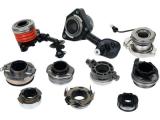 Clutch Release Bearing
Clutch Release Bearing is what presses down on the rotating spring plate or "pressure plate" to release the clutch disk. View More
Clutch Release Bearing
Clutch Release Bearing is what presses down on the rotating spring plate or "pressure plate" to release the clutch disk. View More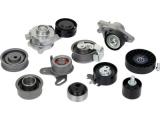 Belt Tensioner
A Drive Belt Tensioner is a pulley mounted to either a spring mechanism or to an adjustable pivot point that is used to keep constant tension on your serpentine belt. View More
Belt Tensioner
A Drive Belt Tensioner is a pulley mounted to either a spring mechanism or to an adjustable pivot point that is used to keep constant tension on your serpentine belt. View More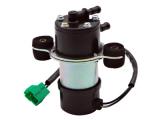 Fuel Pump
AiX provide you with the high quality of electric fuel pump and fuel pump assembly.Fuel pump assembly is one of the vital components of fuel injection system for EFI vehicle. View More
Fuel Pump
AiX provide you with the high quality of electric fuel pump and fuel pump assembly.Fuel pump assembly is one of the vital components of fuel injection system for EFI vehicle. View More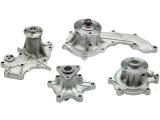 Water Pump
The reliable and effective operation of an automobile engine requires the cooperation of many parts. View More
Water Pump
The reliable and effective operation of an automobile engine requires the cooperation of many parts. View More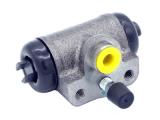 Wheel Brake Cylinder
When you want your car to slow down or stop, you need to take the brake operation. At this point, you need to step down your brake pedal. View More
Wheel Brake Cylinder
When you want your car to slow down or stop, you need to take the brake operation. At this point, you need to step down your brake pedal. View More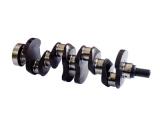 Crankshaft
Crankshaft is also known as crank.It is the important part of an engine to convert the up and down motion of the pistons into horizontal rotation.It is usually made by cast iron or forged steel. View More
Crankshaft
Crankshaft is also known as crank.It is the important part of an engine to convert the up and down motion of the pistons into horizontal rotation.It is usually made by cast iron or forged steel. View More VVT PHASER & OCV
VVT is the abbreviation of Variable Valve Timing. VVT PHASER is the vital component for the VVT engines. View More
VVT PHASER & OCV
VVT is the abbreviation of Variable Valve Timing. VVT PHASER is the vital component for the VVT engines. View More













 +86-18758057736
+86-18758057736 
 TEAM 21,XIEJIA VILLAGE, PUYANG TOWN, XIAOSHAN DISTRICT, Hangzhou, Zhejiang Province, China
TEAM 21,XIEJIA VILLAGE, PUYANG TOWN, XIAOSHAN DISTRICT, Hangzhou, Zhejiang Province, China 